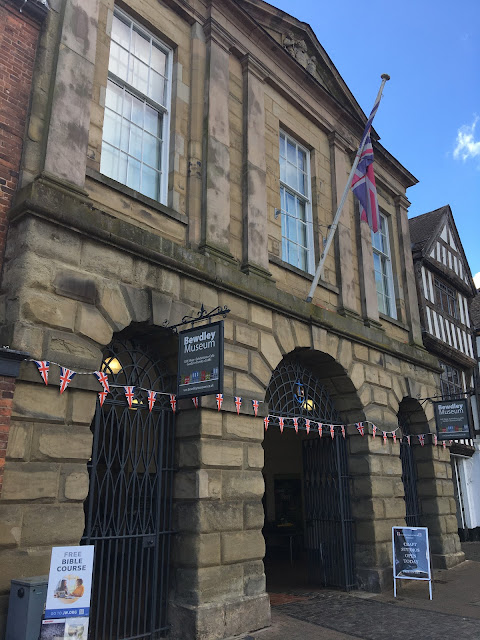Back to my visit to London the other week. The Thursday I spent in London. There was the RIBA Traditional Architects Group Summer Party in the the evening, and in the morning I headed over to Marylebone for a return visit to The Wallace Collection and Marylebone High St. It seems now, at distance of a fortnight or so, I regrettably took the whole day at a bit of lick

The Wallace collection is the most splendid place, full to bursting of all manner of good things, but it is essentially a collection of art - mainly French and Flemish - and decorative art - mainly French and mainly from the 18th century, that is the reigns of Louis XV and the later reign of his grandfather Louis XIV; not, as I stated in my previous post on the collection back in 2016, the 'Grand Siècle'. The collection contains, therefore, elements of Baroque, Rococo and Neo-classical taste. In France, I think the terms would be 'Louis XIII', 'Regence' and 'Louis XIV' - the later in particular being a portmanteau term as it includes both the Rocaille and Neo-Classicism. And here I have to make a little confession or two. Firstly the contents are not all to my taste, but the craftsmanship throughout is superlative. And secondly, and perhaps paradoxically, I deeply admire French architecture of the period and (whispers) prefer it to its British contemporary, Neo-Palladianism. What I admired in the few architectural elements in the collection (mainly fireplaces) was the inventiveness and the combination of gilded metal (bronze, I presume) with polished stone. To be honest, as regular readers of this blog may notice, these examples of sophisticated, polished French design may sit in some sort of contradiction with the sort of stuff I regularly post, which seems to be more about the humble, the domestic and the patinated. (These two pictures are from my previous visit)


All that aside, I also wanted see again the Guardis in the collection. Antonio Guardi (1712-1793), verduisti, is considered the last practitioner of the Venetian School - in fact the Most Serene Republic lived on for a mere four years after his death. I prefer his work, which is lively and 'impressionistic', to that of his near contemporary, Canaletto. Guardi was possessed of a certain 'sprezzatura'. I find his capricci rather an inspiration for my own work. Alas, I missed the Bonningtons, but (as last time) my eye was caught by two exquisite early 19th century French oils by Decamps and DuPre. It's not a period I know particularly much about but these two beauties tempt me to explore.





Well, after all that, it seems fitting that Marylebone High St is the centre of London's French community. Eventually I found myself in Daunt Books w its wonderful Edwardian interior. I really shouldn't be buying books - we simply haven't the space - but I did treated myself to a copy of the travel writer Robert Byron's 'The Station'. An account of his visit to Mount Athos, the Holy Mountain, the great spiritual centre of Orthodoxy. More of that, perhaps in a future post.






































































